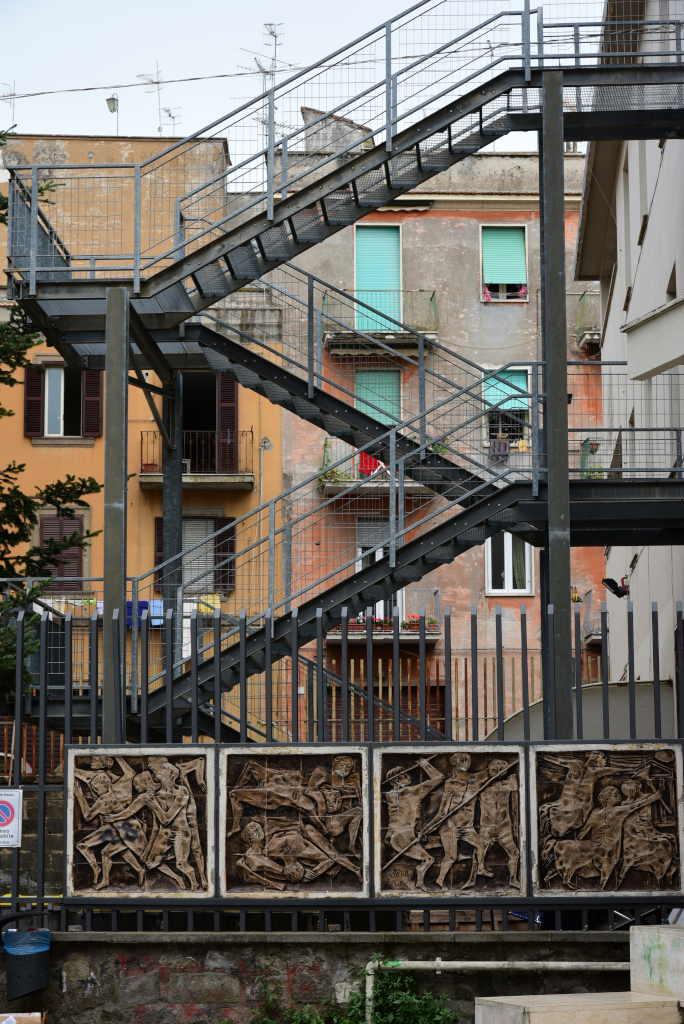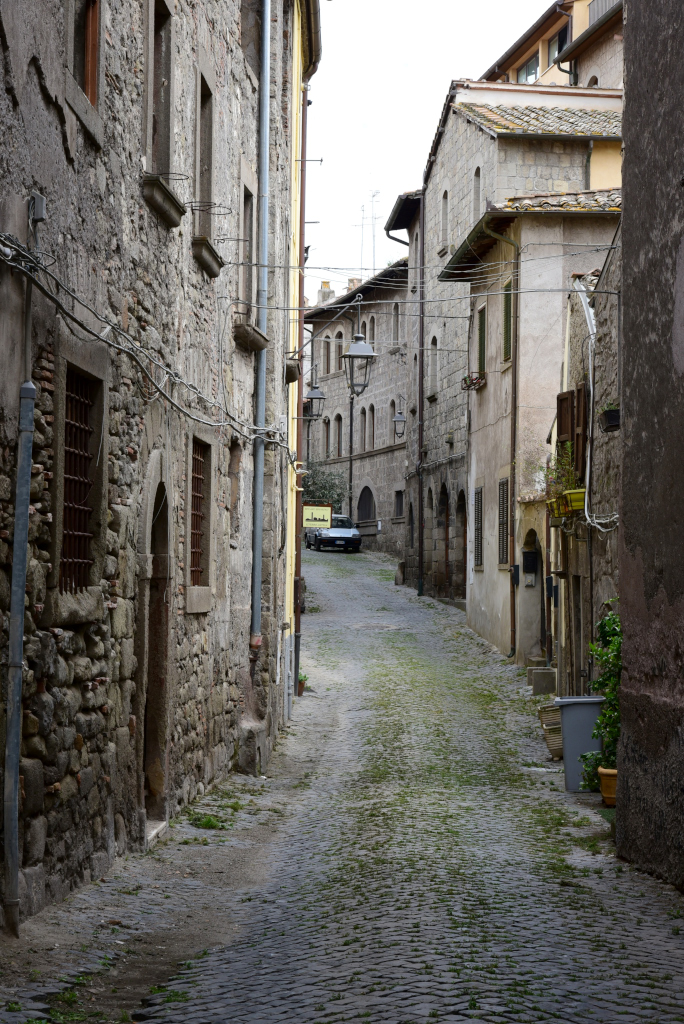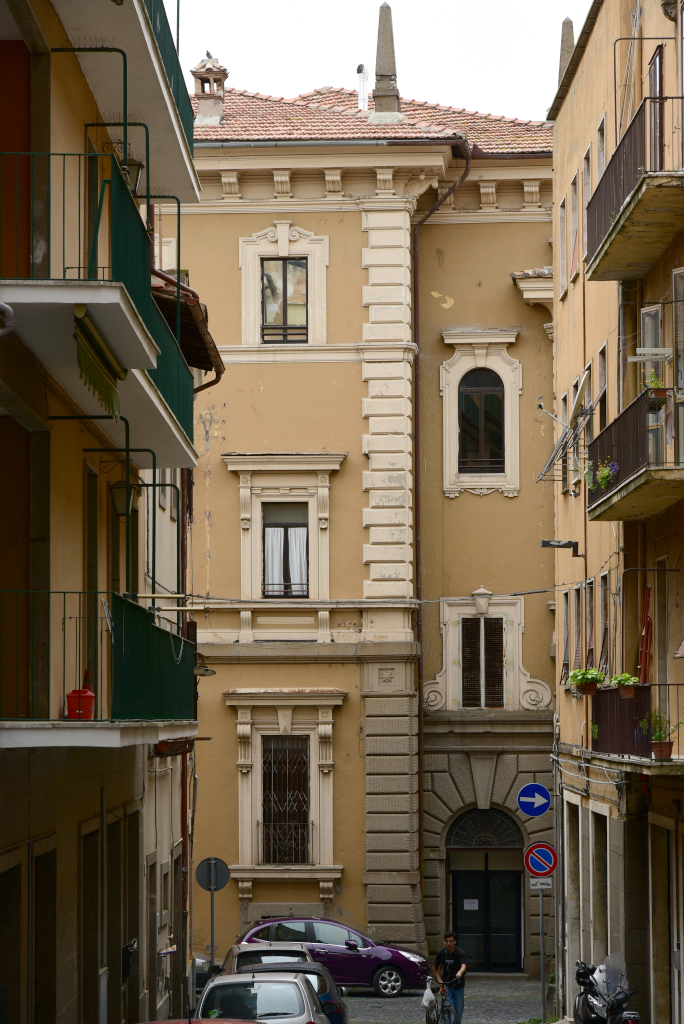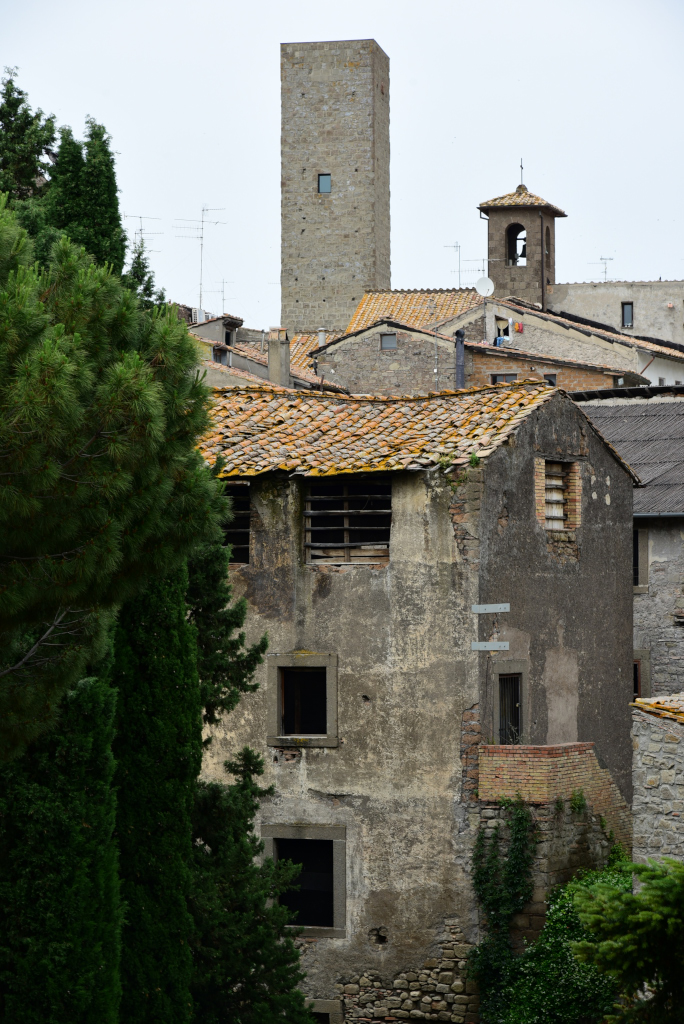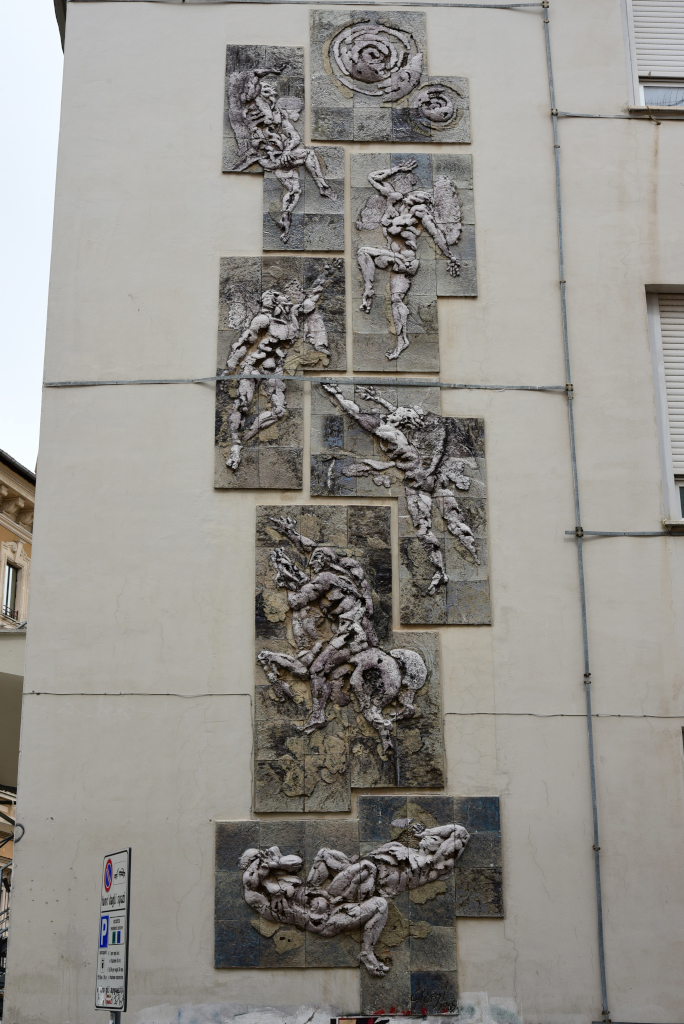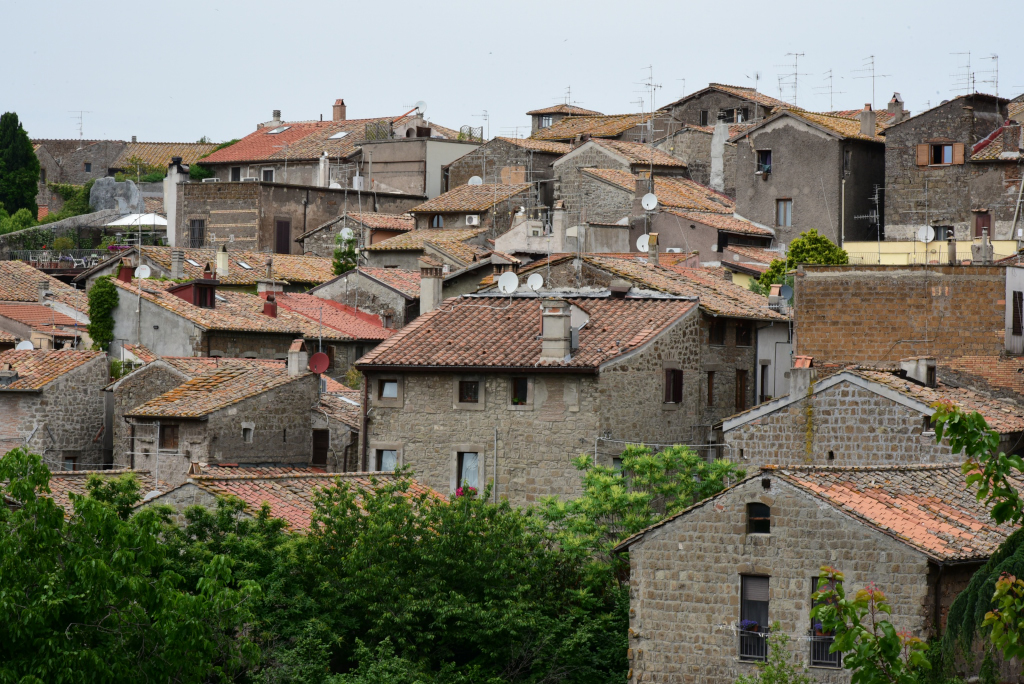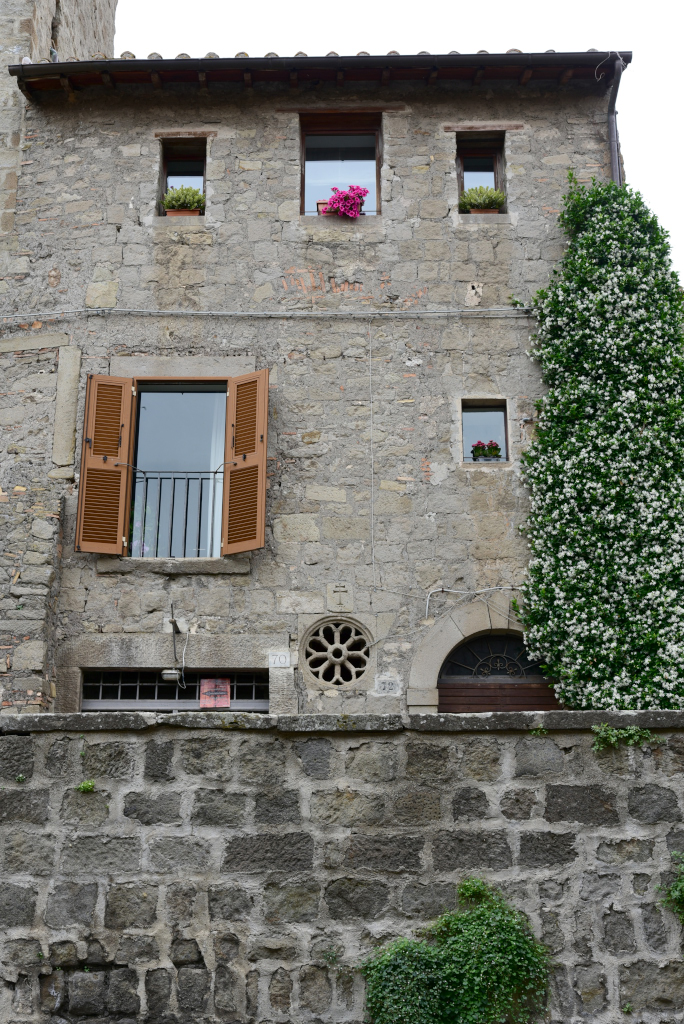May 29, 2018
The city of Viterbo dates back to the Etruscan era. Much of the city centre hearkens back to the Middle Ages, the massive fortifying walls of the city built in that era being largely intact. As is typical for walled cities, access to the centre is provided by means of specific gates.
Many of the older buildings in the city are built on top of ancient ruins, recognizable by their large stones, 50 centimeters to a side. Viterbo is unique in Italy for its concentration of profferli, external staircases that were a frequent feature of medieval houses.
The main attractions in Viterbo are the papal palace and cathedral of San Lorenzo. The palace hosted the papacy for about two decades in the 13th century, and served as a country residence or refuge in time of trouble in Rome. The cathedral was originally erected as episcopal see of the bishopric of Viterbo in Romanesque style by Lombard architects at the site of an ancient Roman temple of Hercules.
By the early Middle Ages, Viterbo joined the papal states, but by the 11th century became a free commune. The popes chose to make the fortified city their seat through the Middle Ages, given the difficulties they experienced at the time in Rome. As such, the city was dragged through ongoing conflicts between the popes and the German emperors, then later between the Guelph and Ghibellines.
By the 14th century, the city fell into the hands of the powerful di Vico family that ruled much of the region, although their hegemony was short-lived, given ongoing bloody conflicts with the papacy.
(Narrative paraphrased from Wikipedia)
























